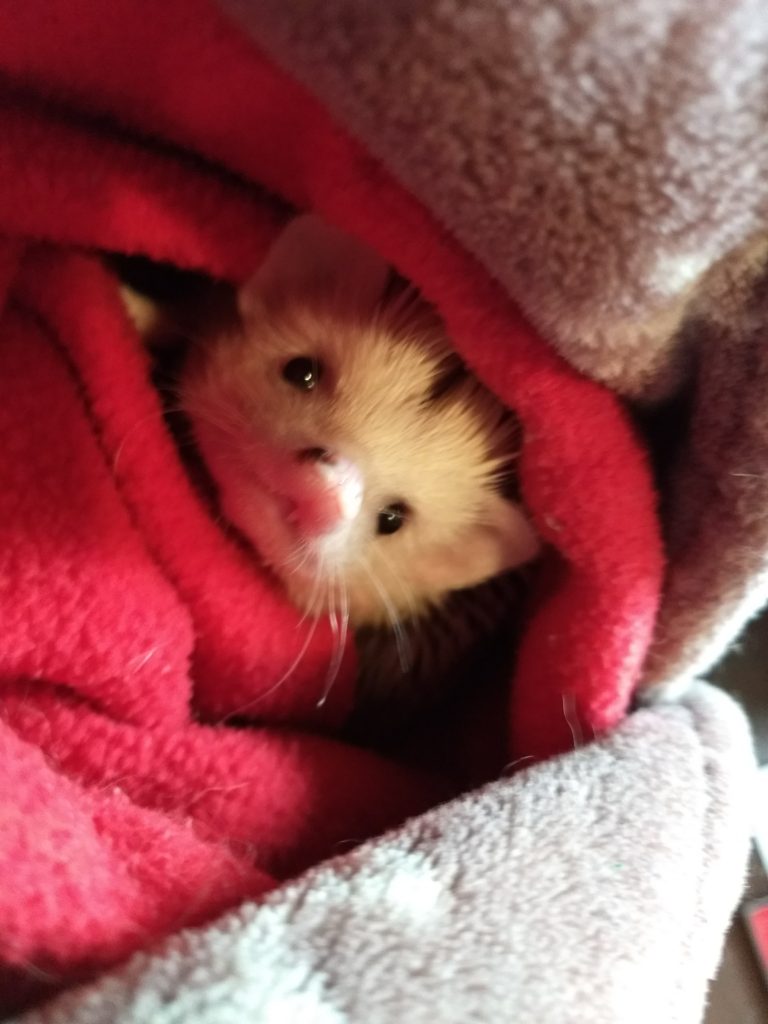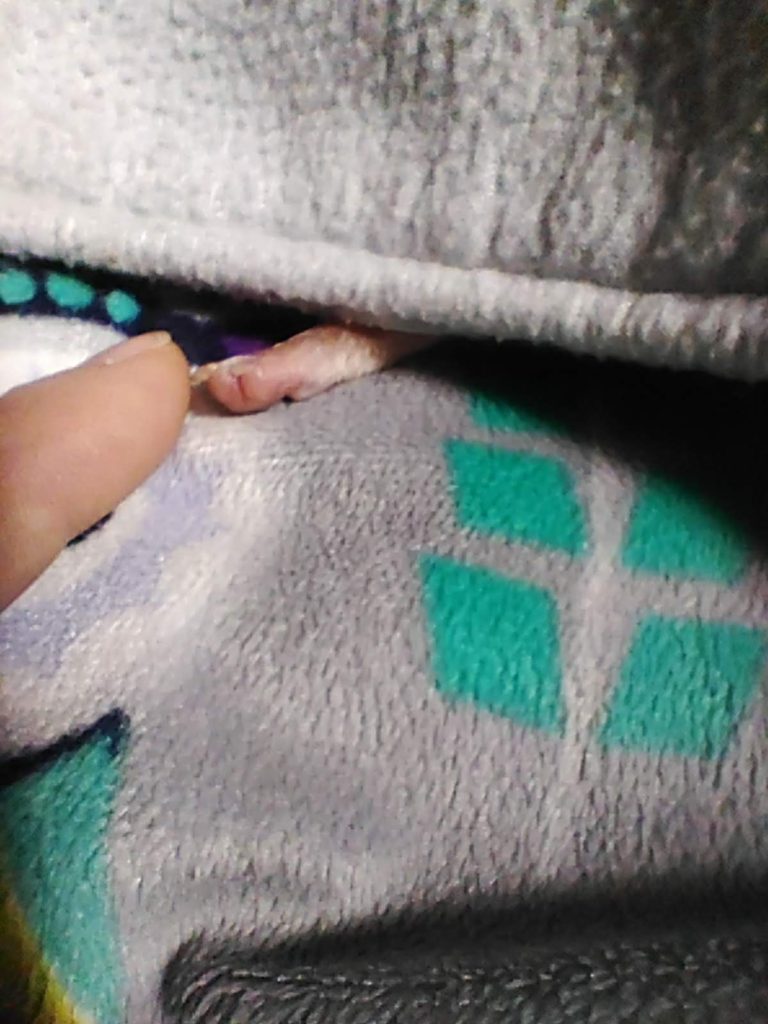In 2017, we had a friend that had bred her hedgehog and was looking for homes for the hoglets. The price seemed good, considering that it was an exotic animal, so I purchased one with very little information on the care of these little beasts. I had owned several pet rats, and in my youth I kept mice, hamsters, and guinea pigs, so I felt like I knew my way around the needs of common pet rodents, and figured much of that would translate over to the care of a hedgehog.
I was (as I often am) wrong, and constantly learned more about hedgehogs as I raised and cared for our first hedgehog. Without knowing much about the needs, personalities, and habits of other hedgehogs, I can only share my personal views about my experiences with this one specimen, but it was in short every moment spent with my pet hedgehog was a joy.

We named our first hedgehog Barbarella, and I bonded closely with her, often spending 3-4 hours a day with her in my lap as I worked. As a result, others that know more about hedgehogs than I do that met us (vets and more experienced owners) said she had an amazingly friendly personality, and that she was more closely bonded to me than what they had ever seen before.

We kept our first hedgehog in a C&C wire mesh cage with corrugated plastic walls and flooring, which my wife researched and built, which provided 8 square feet of floor space on the lower floor and another 4 square feet on an upper floor. We used polar fleece sheets as floor covers, which we spot cleaned daily and changed out as often as we felt was needed, which was about twice a week for most of her life. We used a plastic dryer vent tube as a means for her to climb from the lower floor to the upper floor. We provided her with a Carolina Storm bucket wheel, a small dig box filled with wooden pellets, several dig bags and hides made from polar fleece and other cloth material, a fleece forest, and lots of pom poms and other small toys to play with. We fed her on premium cat food (as directed by the friend we bought her from) and provided fresh water in small covered dish that we replaced daily.
Our hedgehog began to show signs of health problems at about 4 years old. She began urinating and defecating in her dryer tube, which was her means of access to the upper floor. As this was very hard to clean, we eventually gave up and removed access to the upper floor entirely. She began to run less on her wheel, and began to want to sit with me for shorter periods of time before she would become restless and want to return to her cage, and generally seemed less active. As a first time hedgehog owner, I wasn’t able to recognize these early signs of problems, and did nothing other than carry on in my usual routine of caring for her. She began to eat less, which I didn’t notice but fortunately my wife was paying attention, and after some research we discovered and switched to Mazuri Hedgehog diet, which came in small pellets and was much more readily eaten by our hedgehog. We began to suspect she might have a bad tooth or some other dental problem, but her eating habits improved with the diet switch and we hoped everything was solved.
We then noticed that there was a bad smell coming from her mouth and began looking for a vet at last, but still were hesitant to do so, as we didn’t know of any vets that would treat a hedgehog. After putting this off for way too long, I finally picked up the phone and started calling vets. I was fortunate to get her to a vet within a week, as during that time her mouth began to swell on one side and I frankly thought I was going to lose her before she got in to see the vet. We got her there in time and the vet was able to clean up the site and sent us home with pain killers and antibiotics, and another visit scheduled the next week for a follow-up visit and a biopsy on the spot in her mouth to see if it was cancerous.
My wife and I spent the next week hovering over my hedgehog, medicating and doting over her, grateful that she was feeling better but knowing that her health was fragile and uncertain. A week passed before her biopsy appointment, and about two days before the appointment she began to clearly go downhill again, in spite of the rigorous care. Her elimination habits changed drastically and we noticed blood in her urine. By the time her biopsy appointment came around we also had the vets X-ray her and check her digestive and reproductive organs to see what else was going on. Sadly, the diagnosis pointed towards a likelihood of ovarian cancer, and we opted not to operate on her due to her already weakened condition and in light of what she’d already been through at that point. It just seemed like too much to ask of such a small animal that was already well up in age. We propped her up well on painkillers and took a full day to hold her constantly, care for her a few last hours and to say our goodbyes to her before putting her to rest.
She was ready to rest.

She is horribly missed, but I feel that I did a good job of caring for her as a first-time hedgehog owner, and that I learned a great deal from the process. My first lesson is that hedgehogs are amazing and loving pets if proper time and attention can be given to them. My second lesson is that I can do– and should do– a much better job of caring for future hedgehogs now that I have an inkling of an idea of what they are like and how special they are. I came away with numerous ideas of what to do next time, and a certainty that I wanted another hedgehog once I’d had time to mourn the loss of dear Barbarella.
To that end, I’m documenting my experiences in caring for my next hedgehog, with a focus on my attempt to build a bioactive vivarium and to more closely mimic the diet of wild hedgehogs. Very little information on bioactive hedgehog habitats seems to be available as of this writing, so I’m hoping others can learn from my successes and mistakes as I go.

